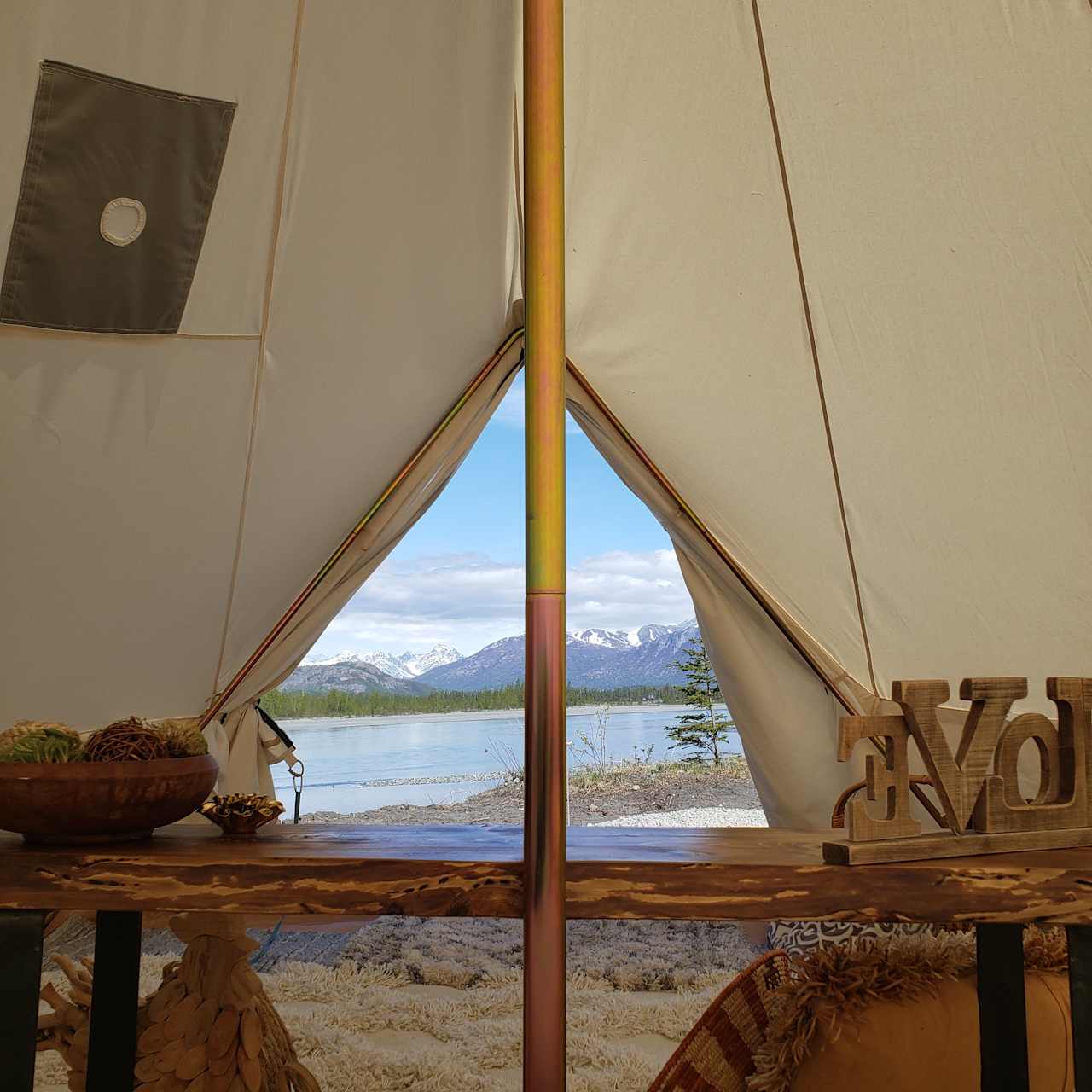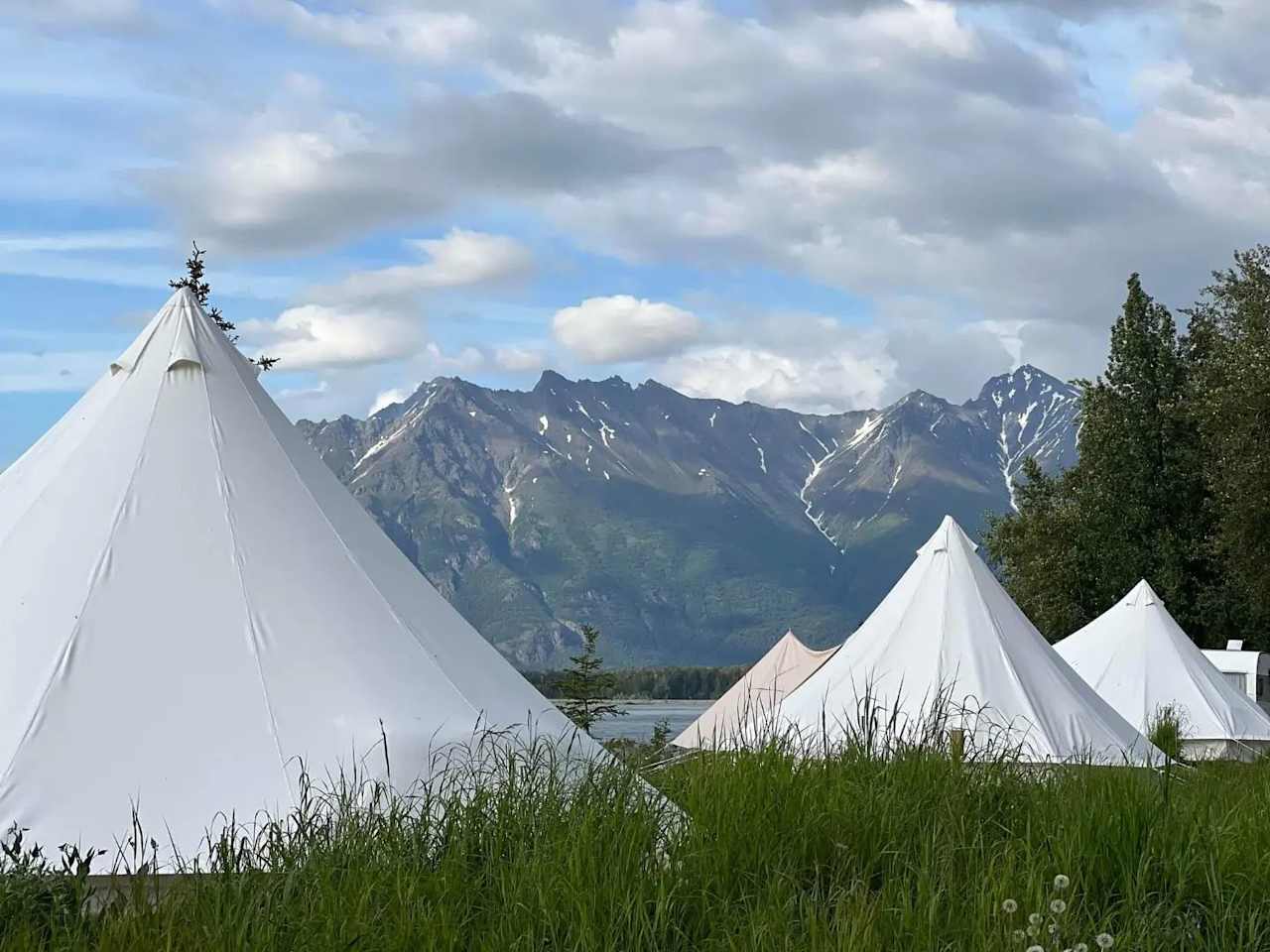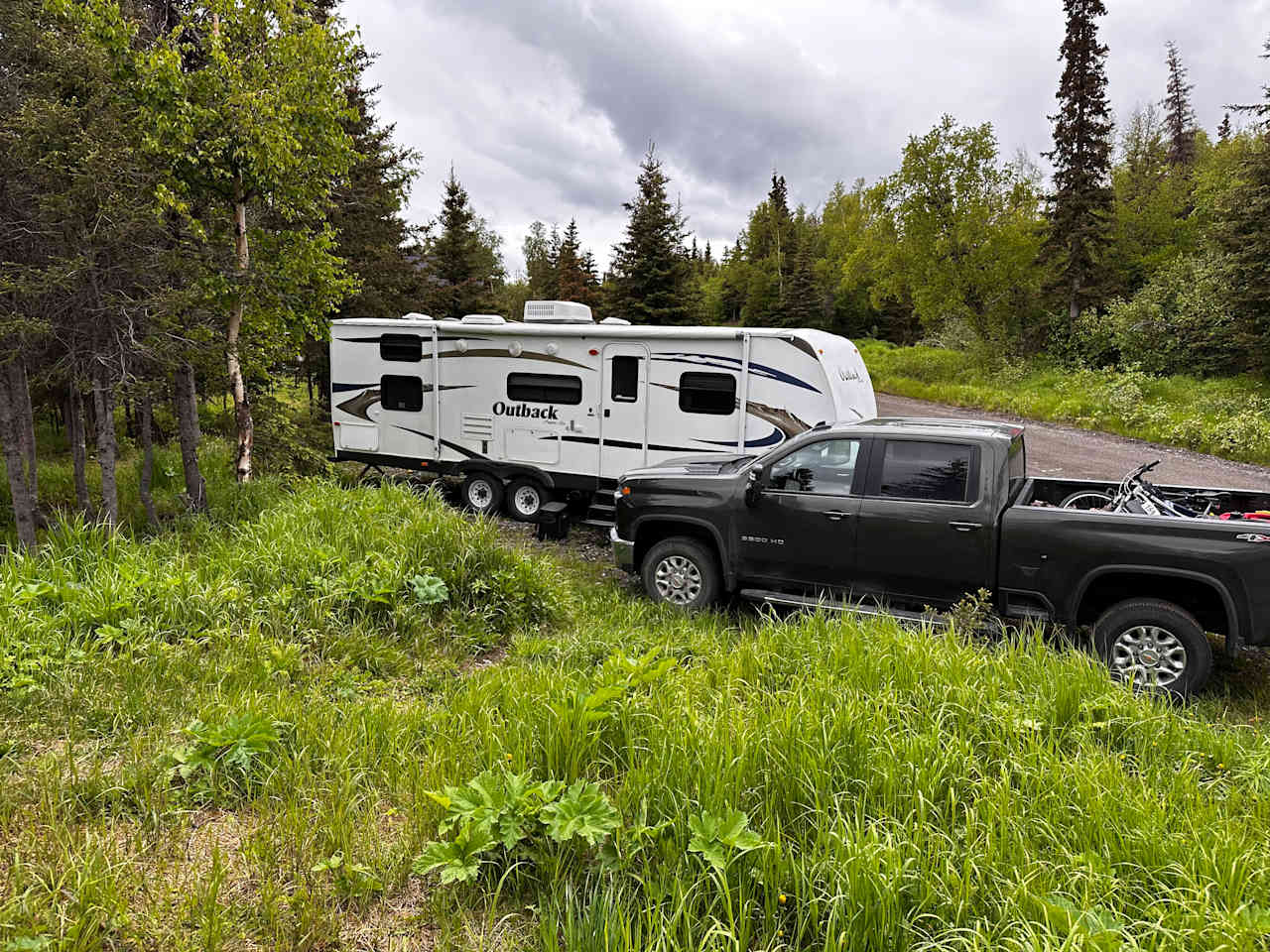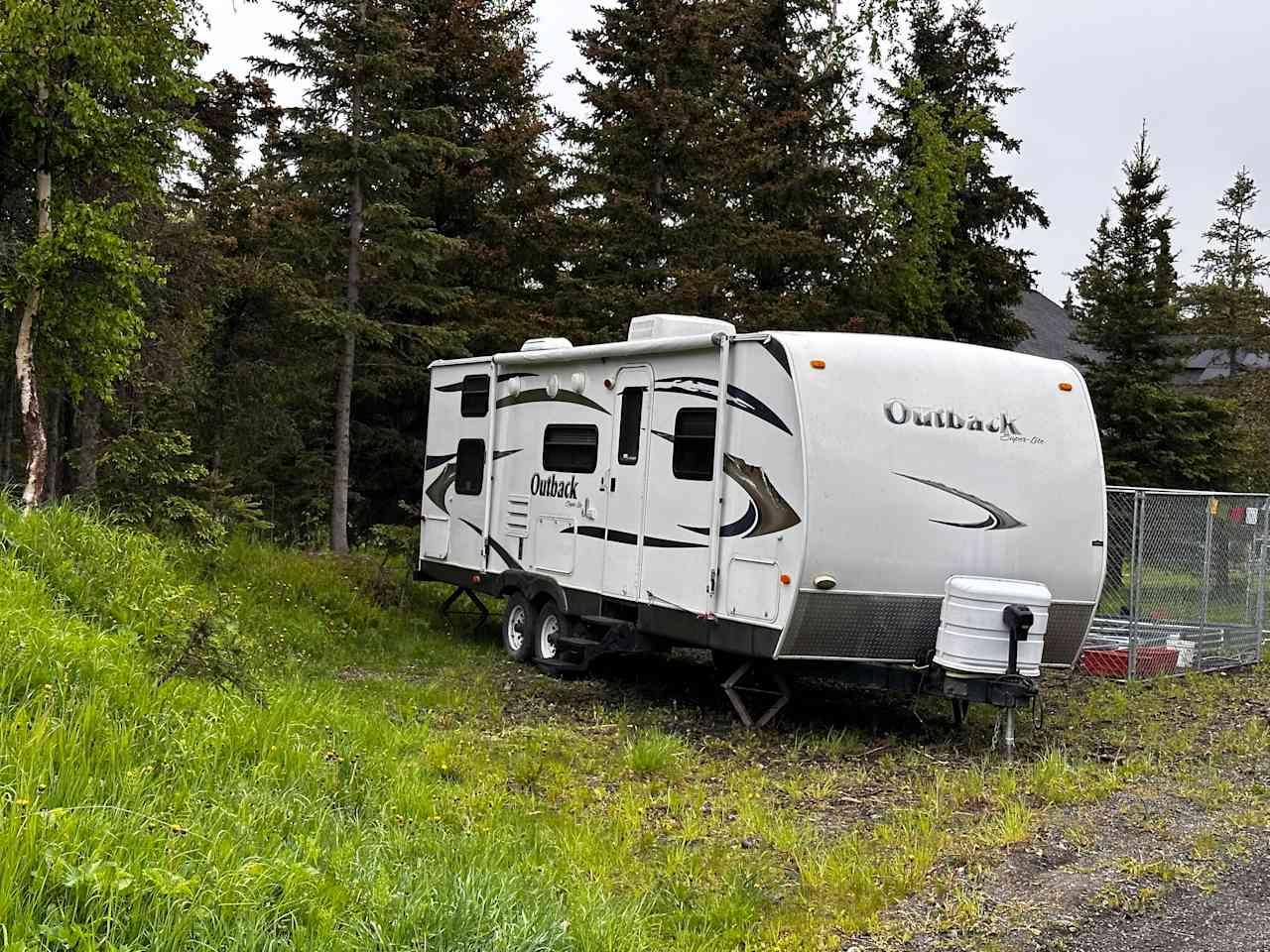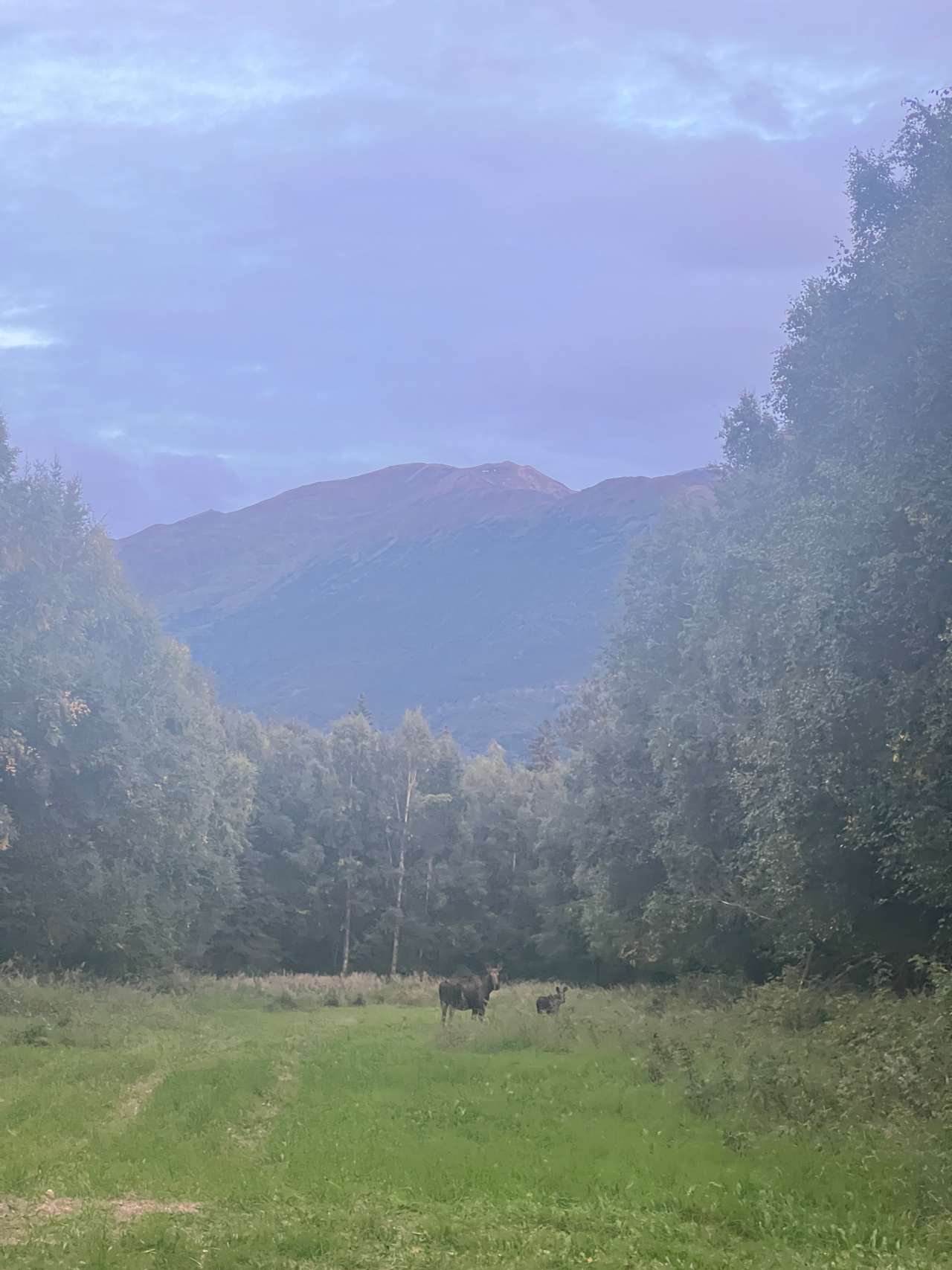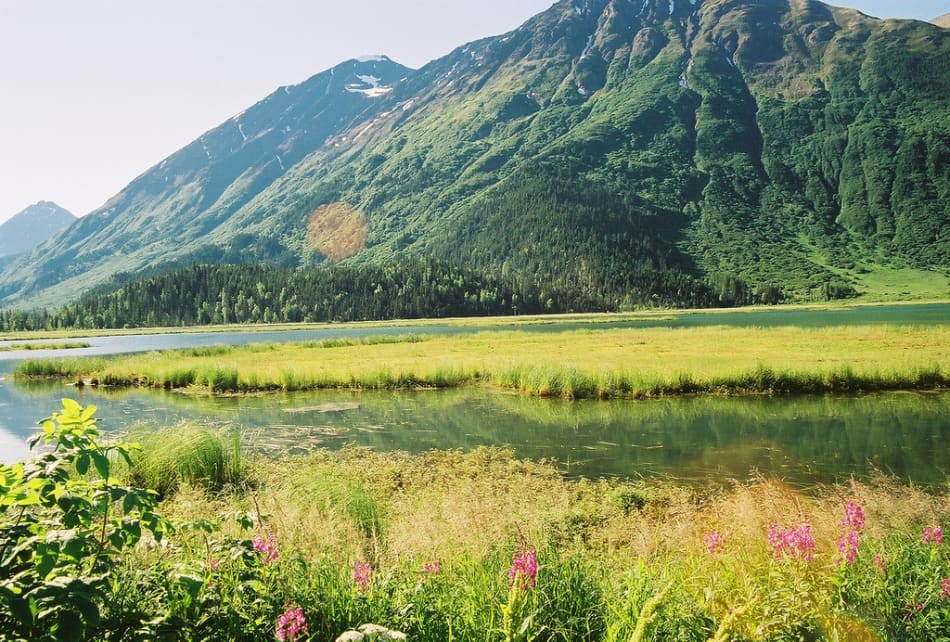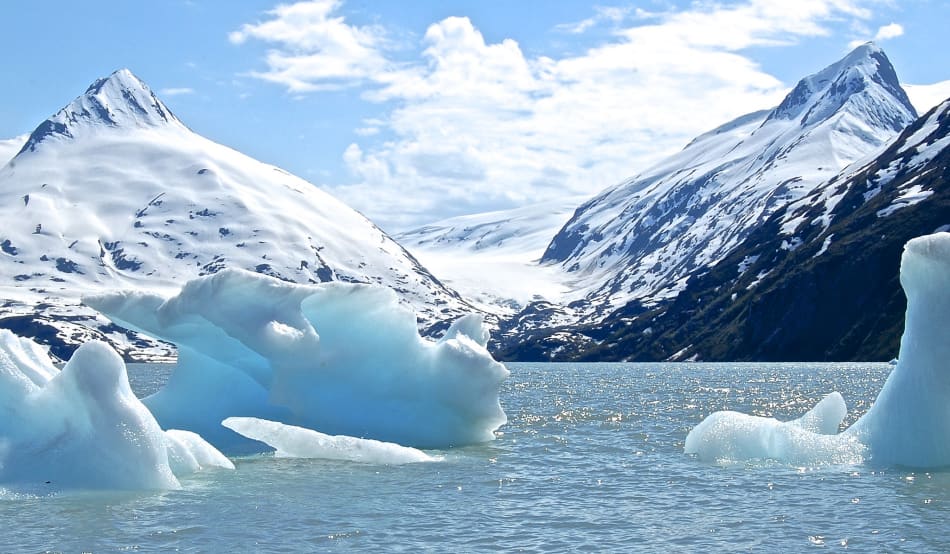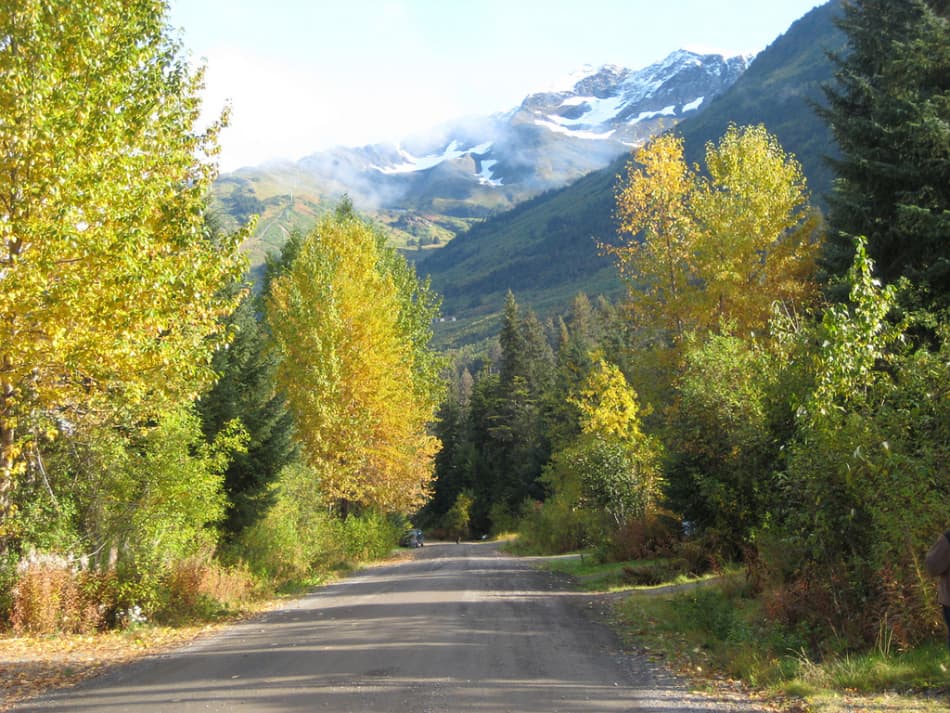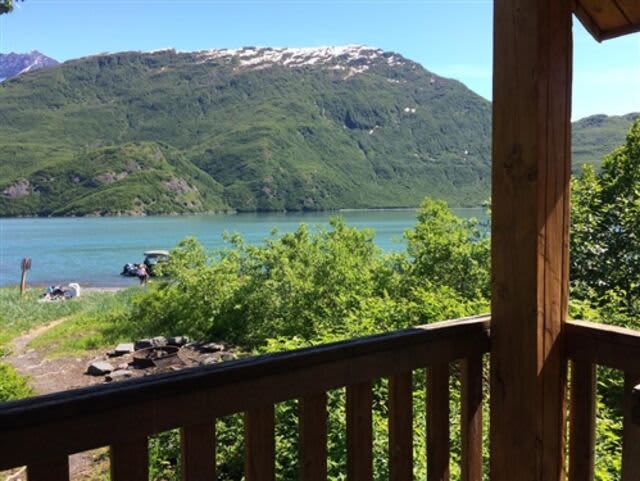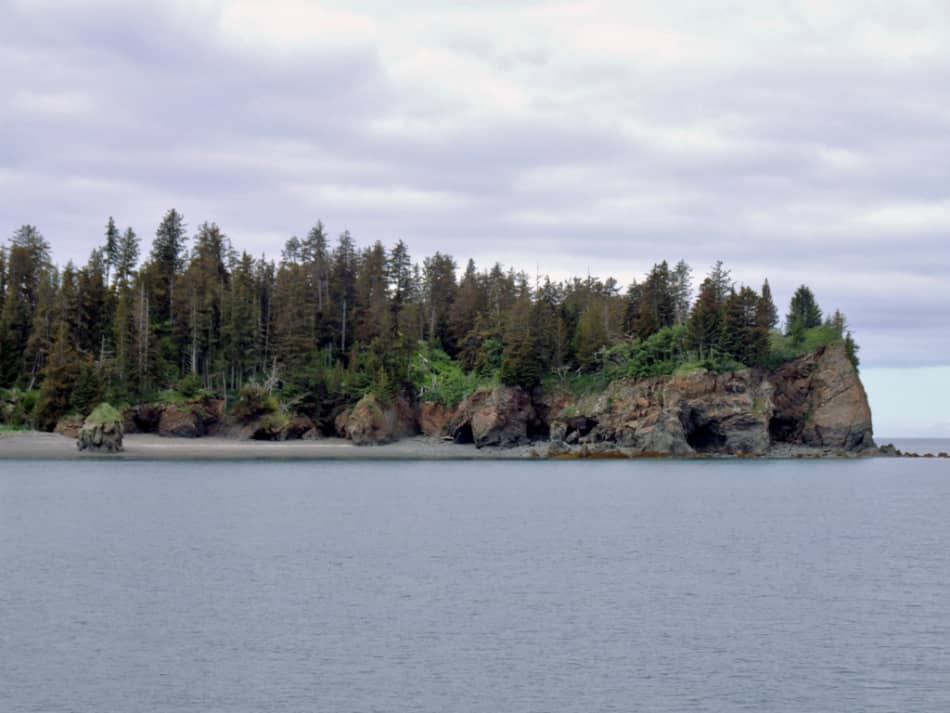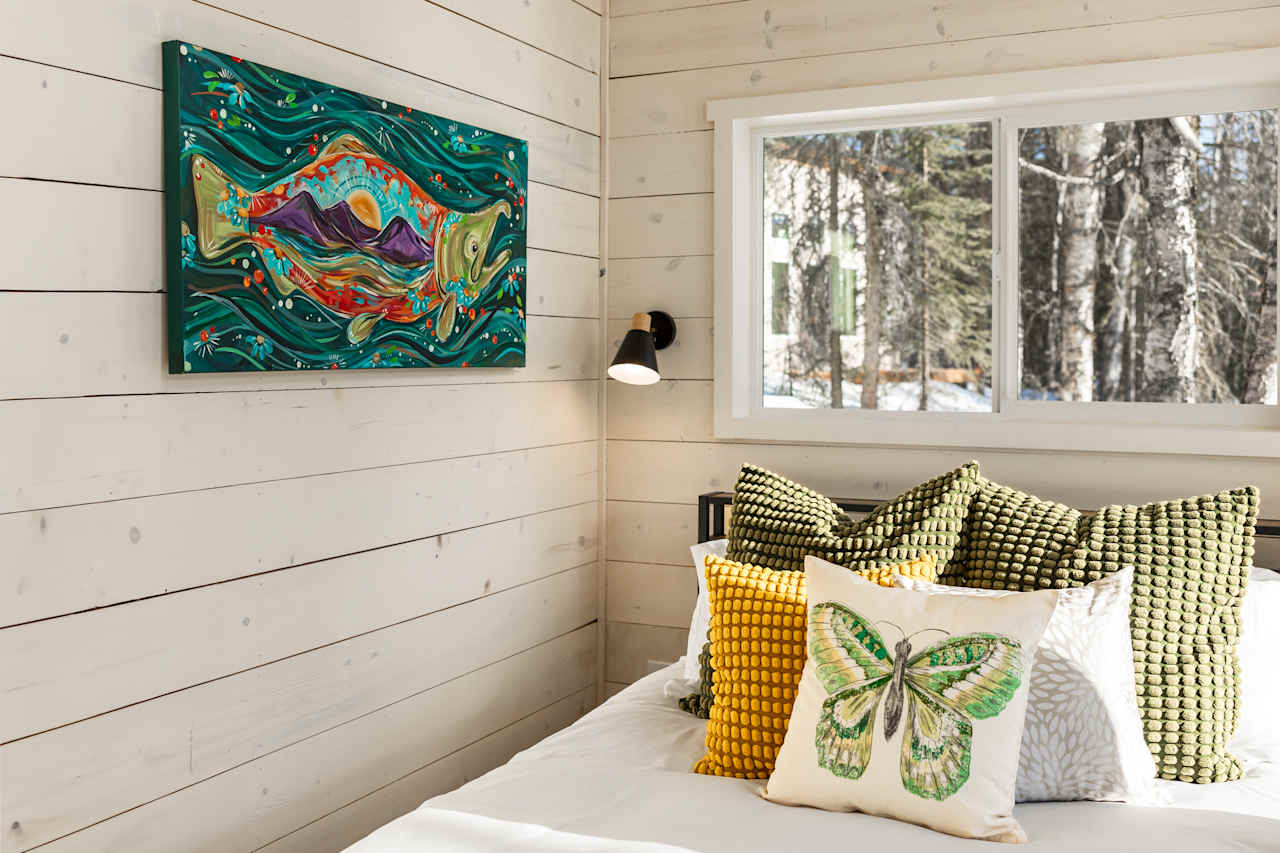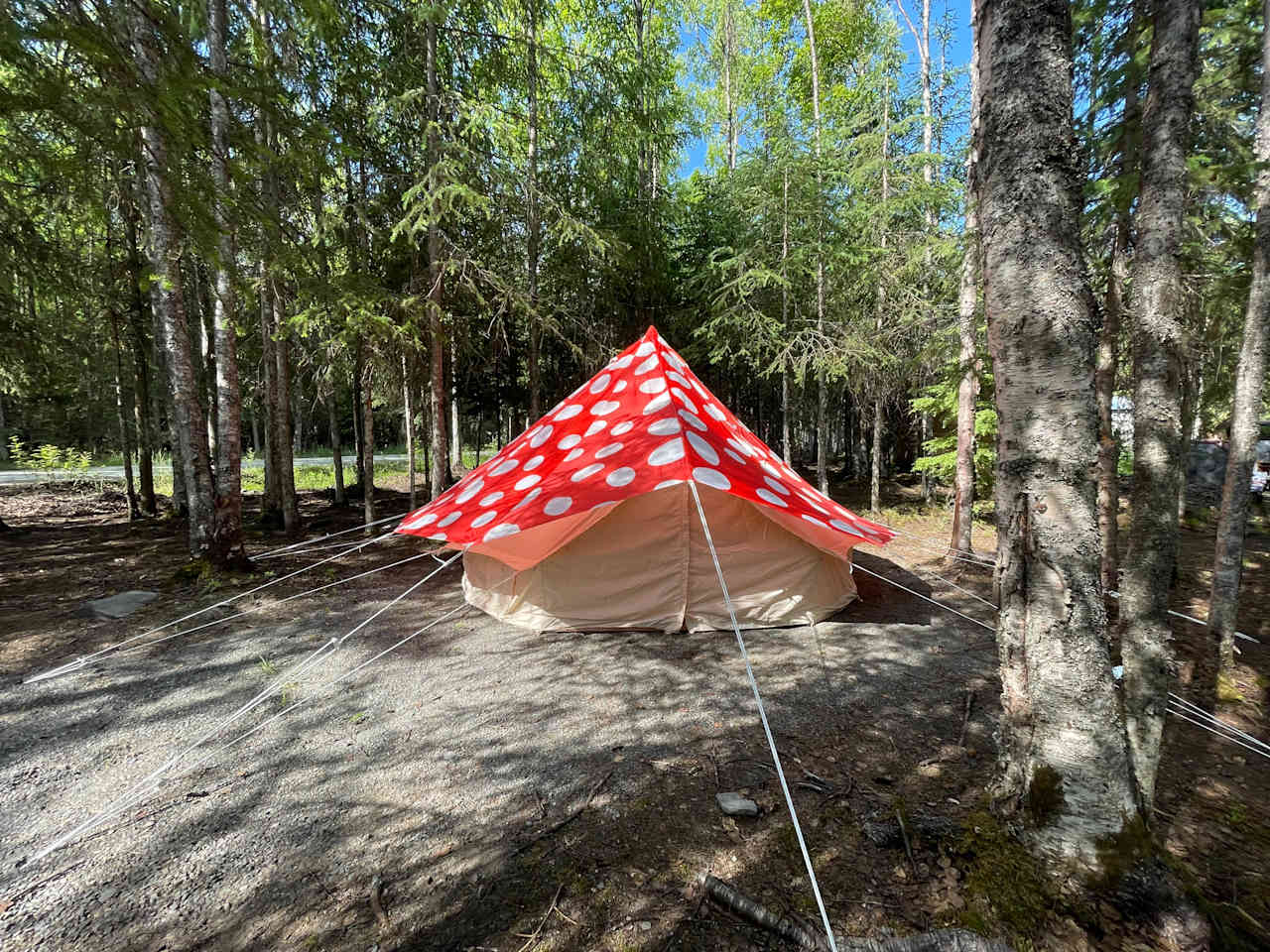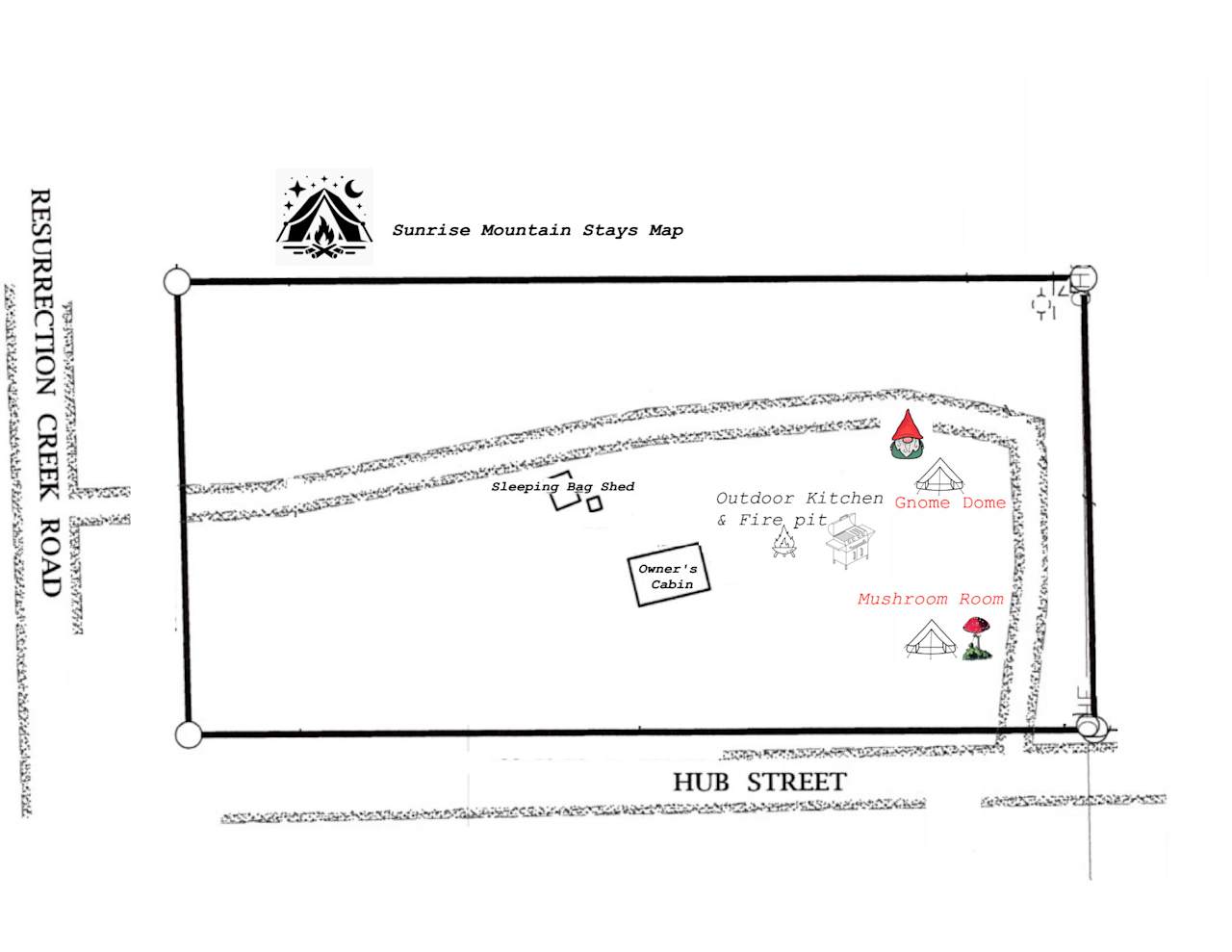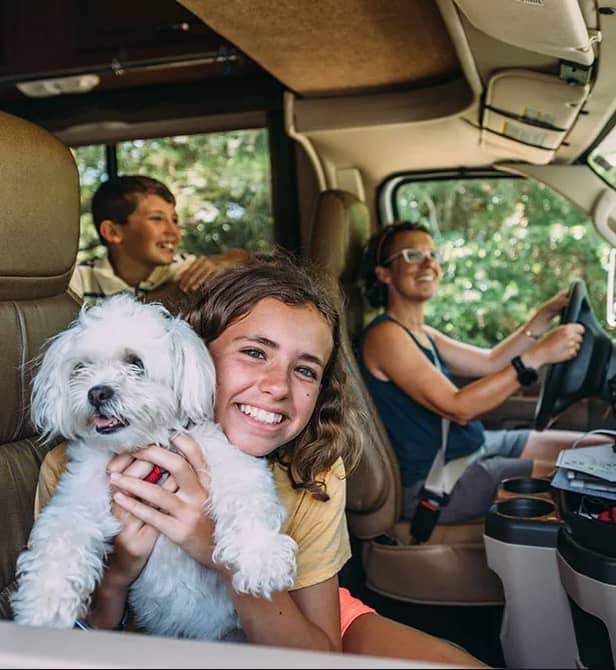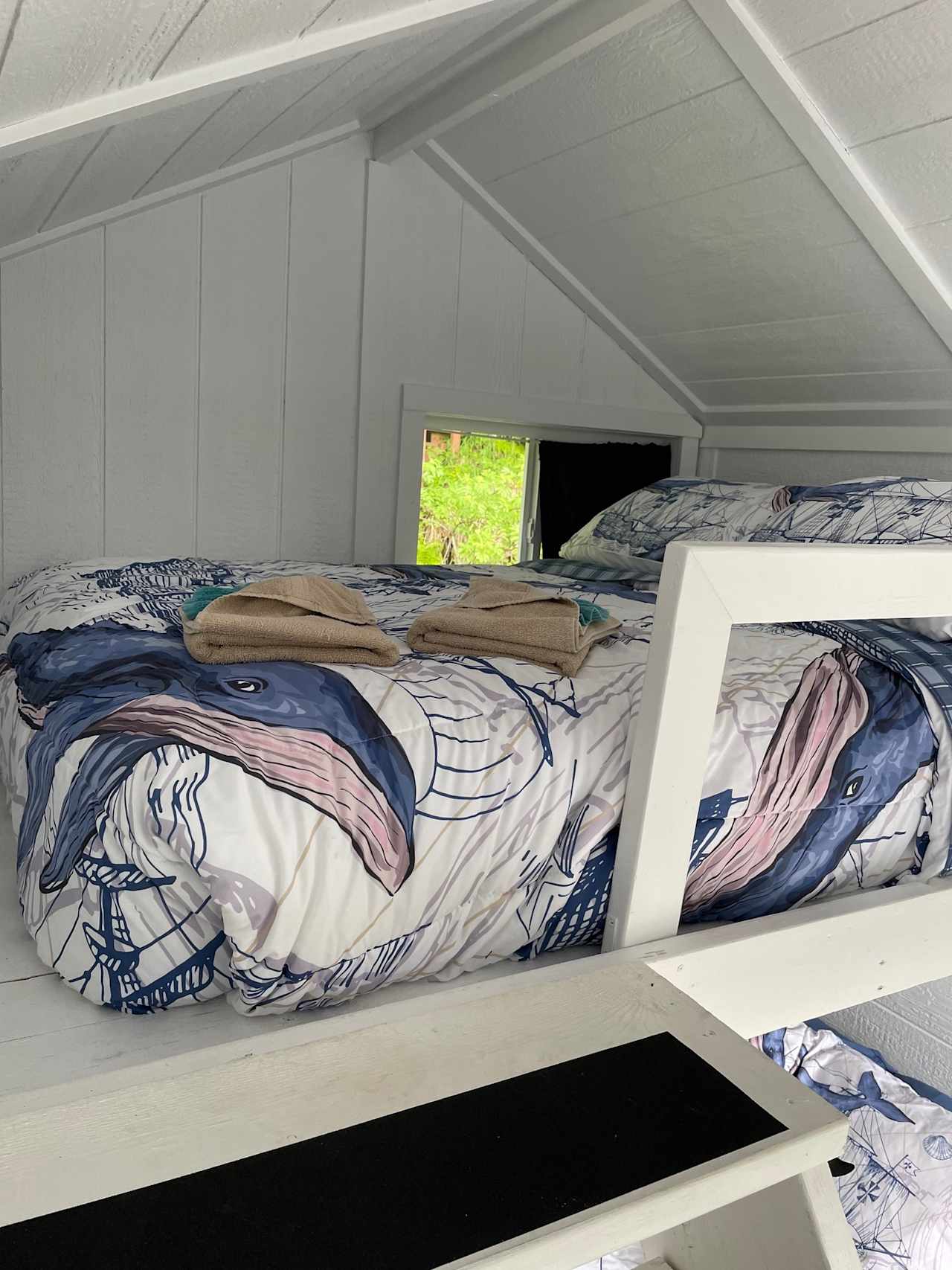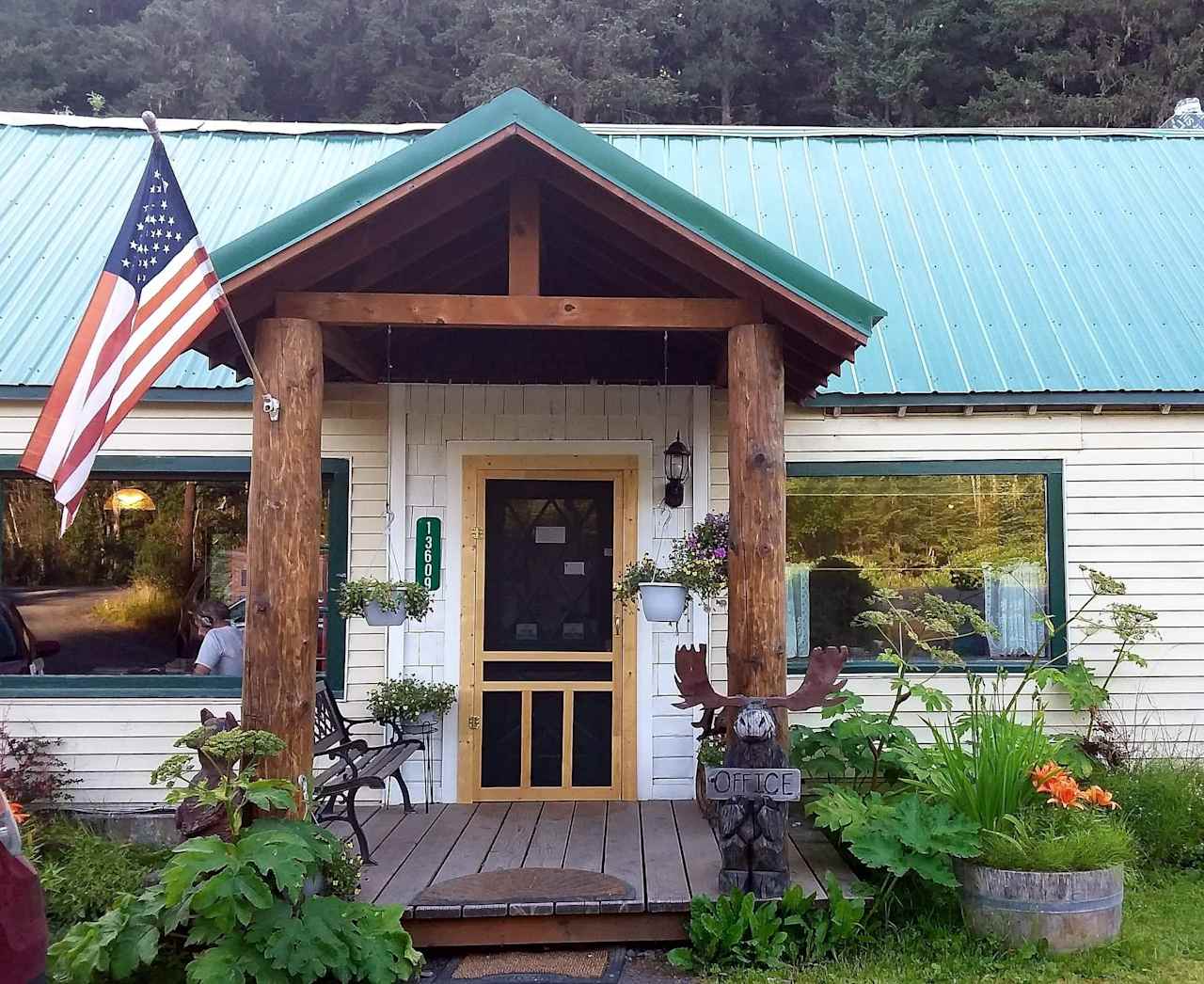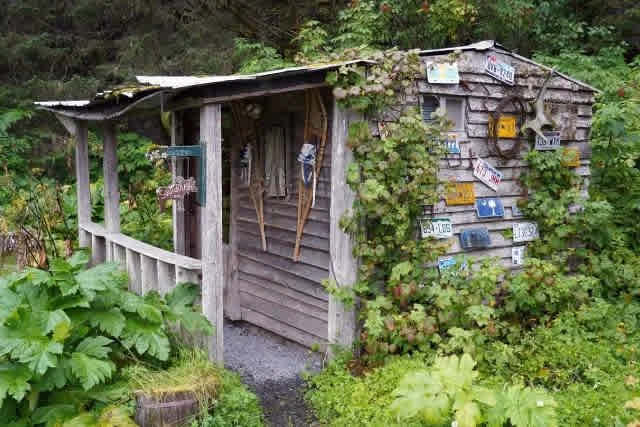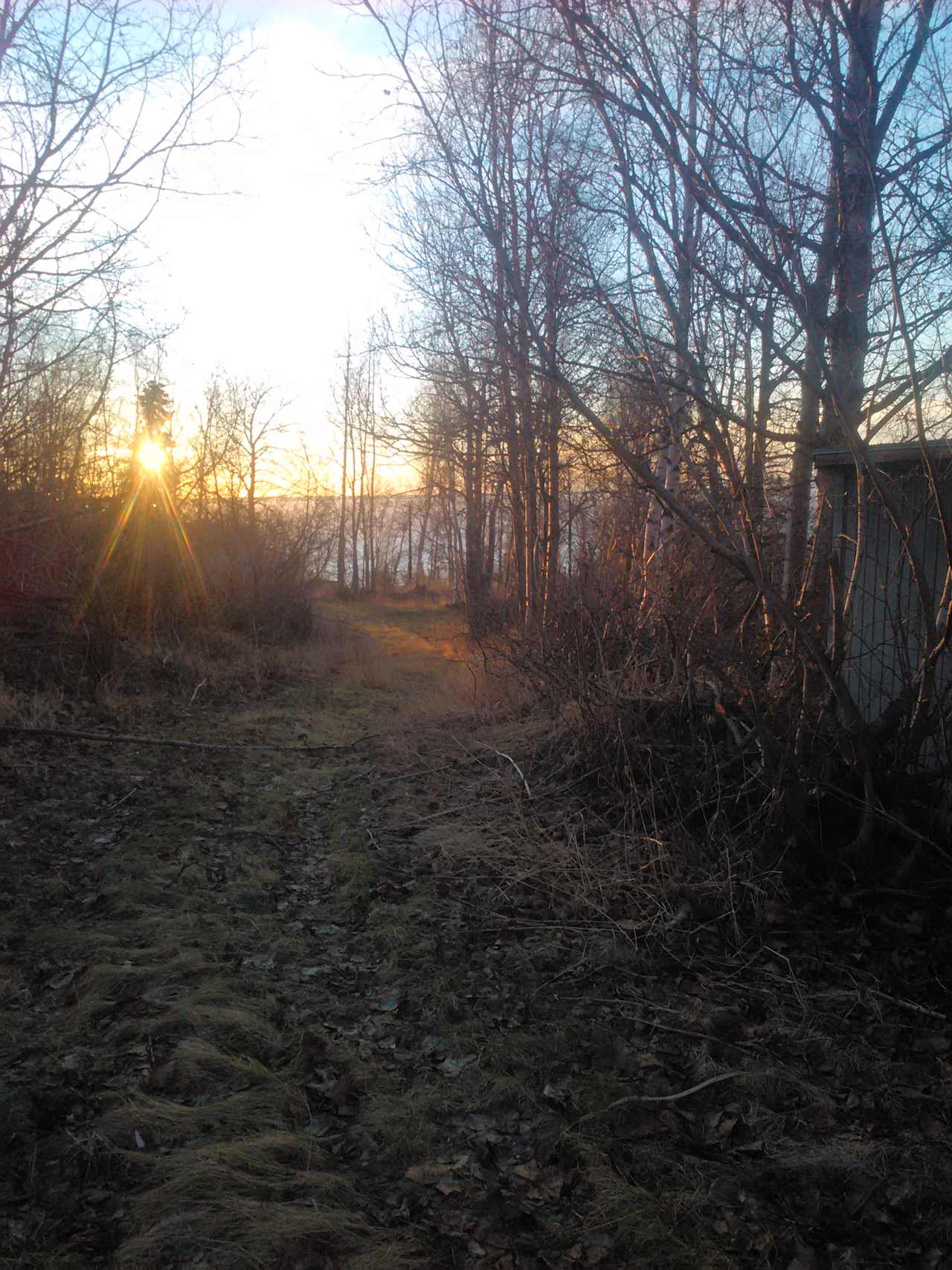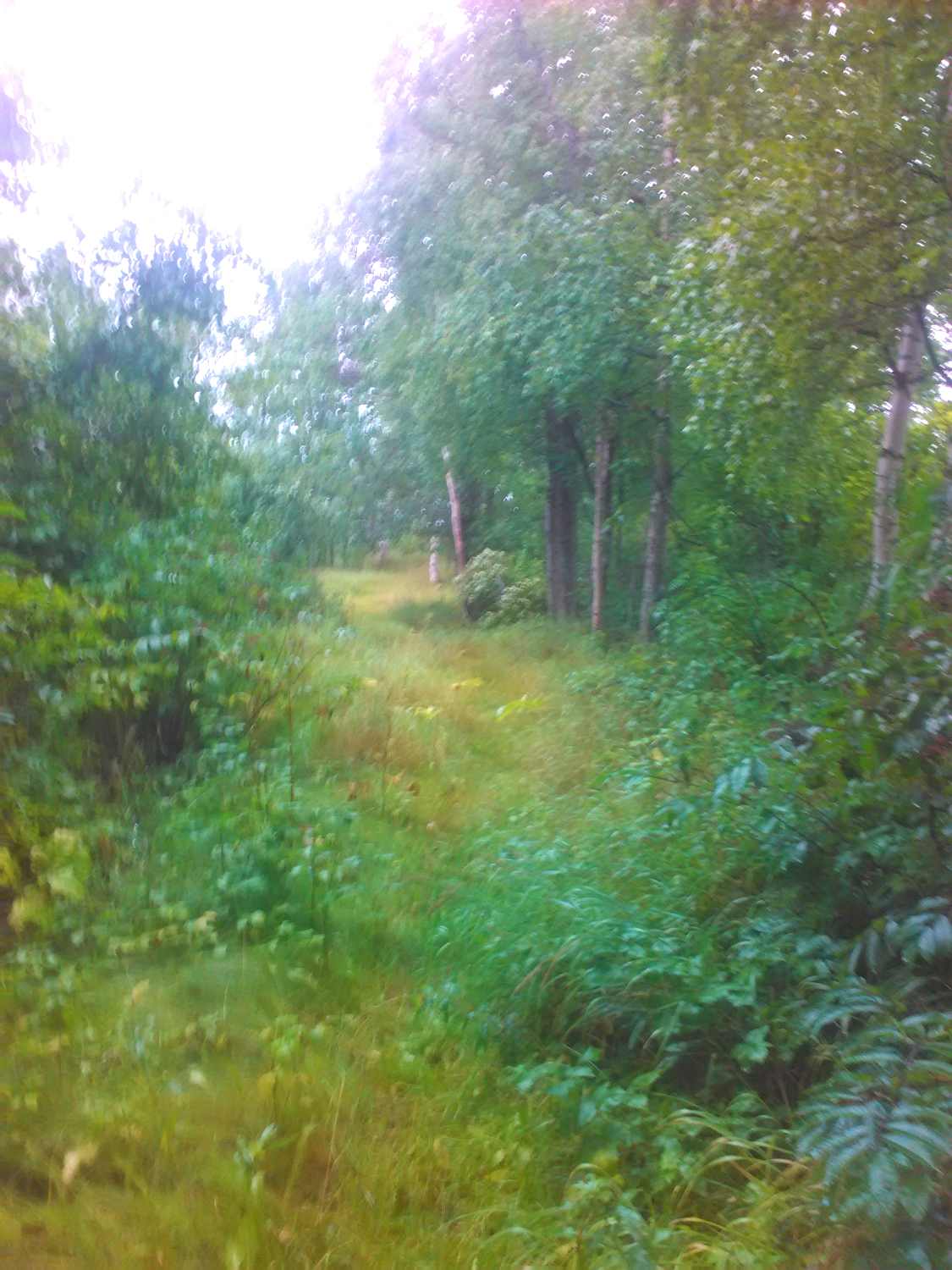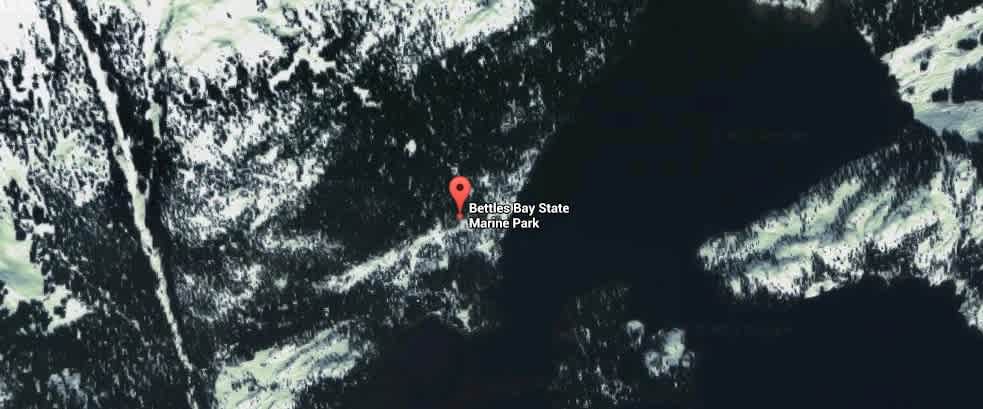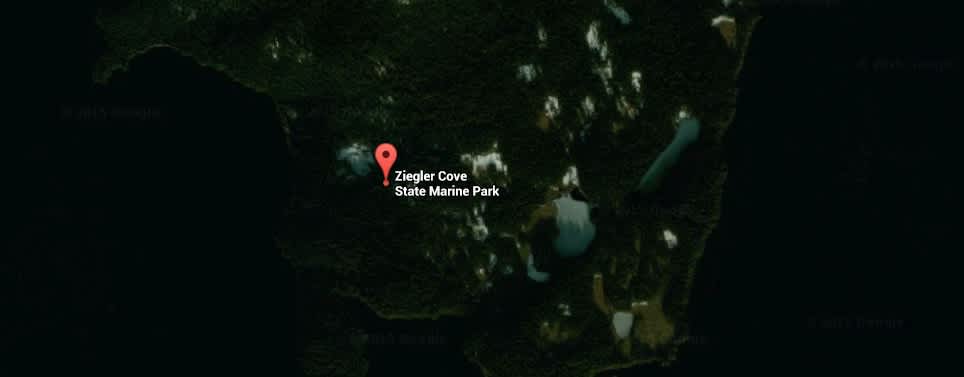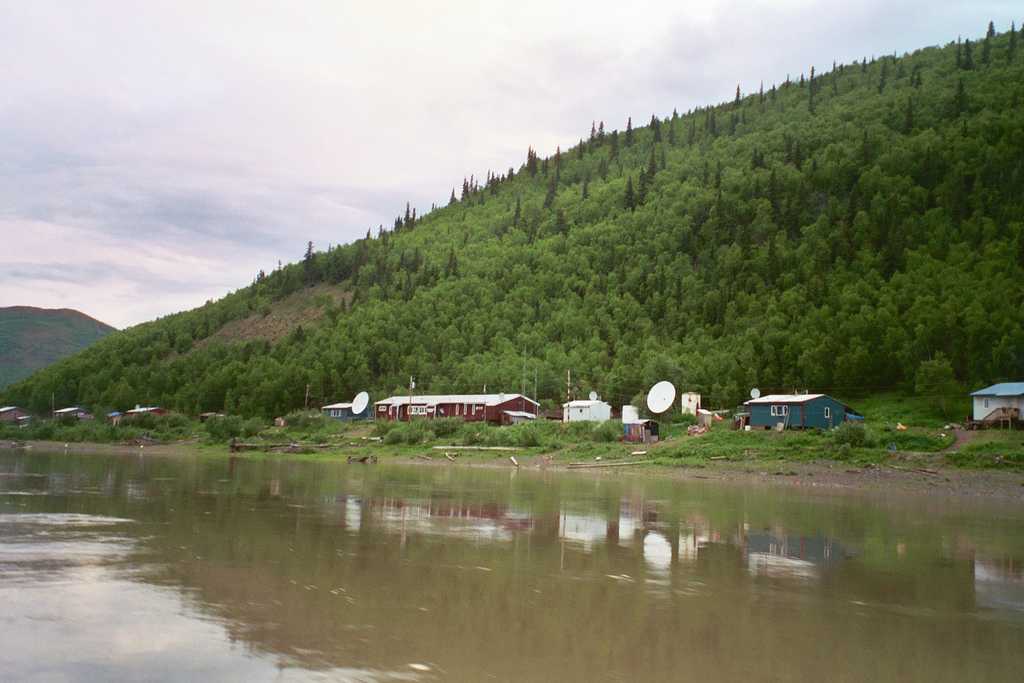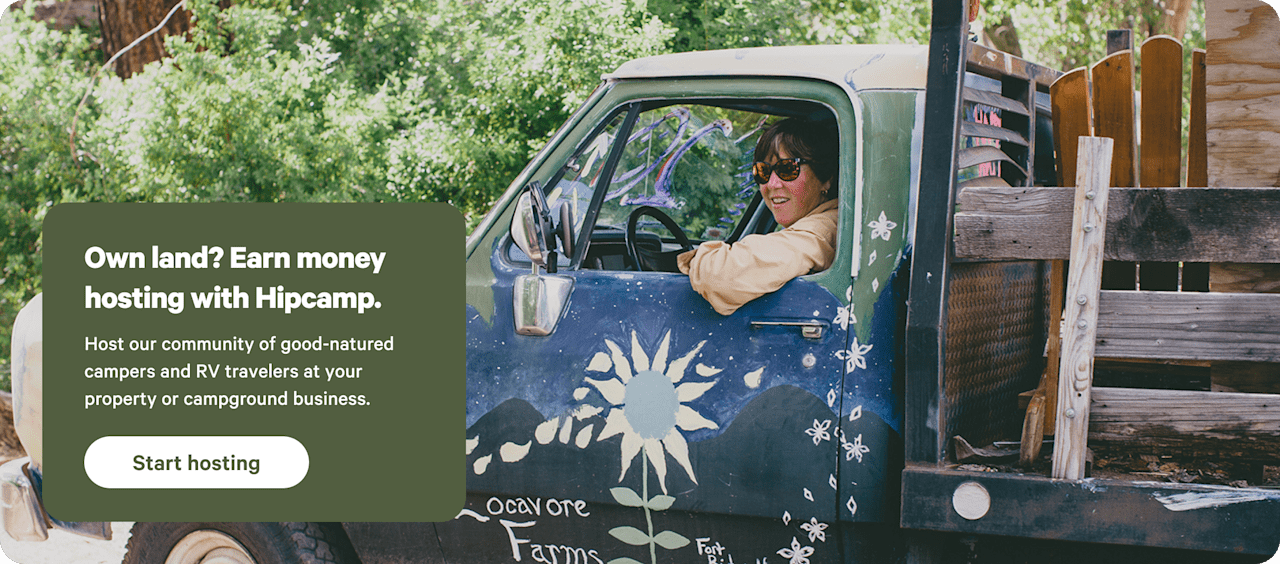Camping near Hope
Hope is a portal to mountains, glaciers, rivers, and fishing for adventure lovers.
- Hope
Popular camping styles for Hope
Under $50
Star Hosts in Hope
12 top campgrounds near Hope
Available this weekend
Dog-friendly getaways
Nearby parks
Explore the area’s public lands.


Camping near Hope guide
Overview
Under two hours’ drive from Anchorage, Hope gives campers access to some of the most stunning mountains, wildlife, and waterways of southcentral Alaska. Hope’s setting on the banks of Turnagain Arm at the northern tip of the Kenai Peninsula means its close to alpine backpacking paths, whitewater rafting, salmon and halibut fishing, and ferries that traverse the fjords and ice flows of the Gulf of Alaska. It’s also a perfect place to sit back, relax, and marvel at the state’s coastal mountain beauty. Once a booming gold rush town, Hope now promises camping trips among natural treasures like nowhere else on earth.
Where to go
Turnagain Arm and Hope Surrounds
Hope is set on the southern bank of Turnagain Arm (a branch of the Cook Inlet) and backed by the picturesque Kenai Mountains—meaning scenic views are a given. Local highlights include whitewater rafting on Sixmile Creek and backpacking on the Resurrection Pass Trail. On the northern banks of Turnagain Arm, just an hour’s drive from Hope, you’ll find more trailheads into alpine settings in Chugach State Park.
Kenai National Wildlife Refuge
At nearly 2 million acres, the Kenai National Wildlife Refuge spans much of the central Kenai Peninsula. The northern section, near Hope, features day-hiking trails through boreal forests; canoe and kayak routes through glacial waterways and lakes; and salmon fishing and rafting on the Kenai River. Refuge visitors may encounter moose, bears, caribou, bald eagles, and other types of Alaskan wildlife.
Kenai Glacier National Park
Hope is about an hour and 20 minutes’ drive from Seward, the main point of entry for Kenai Glacier National Park. Here, visitors can catch a ferry into the various bays and fjords of the park, where sightings may include calving glaciers, icebergs, gray or humpback whales, porpoises, and sea lions. The park’s only maintained trail system, which lets hikers get up close to the Exit Glacier and Harding Icefield, is just outside of Seward.
When to go
Alaska’s summer camping season runs roughly from May to September, weather and snowpack permitting. Campers in June, July, and early August will want mosquito protection—and in June, campers can also plan for 19 hours of daylight. Come the winter solstice in December, daylight hours drop to just 5.5 hours. Intrepid winter travelers can be rewarded by northern lights, cross country skiing, and snow machining, but newcomers may be more comfortable near a larger town with more services during a winter camping trip this far north.



